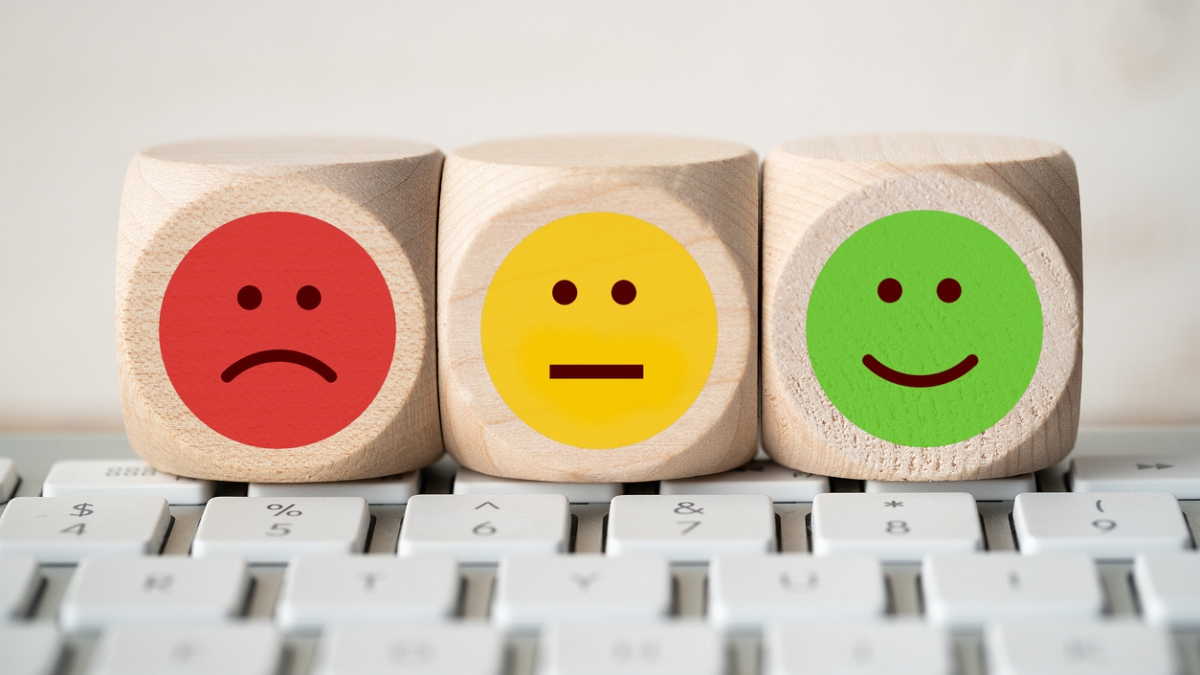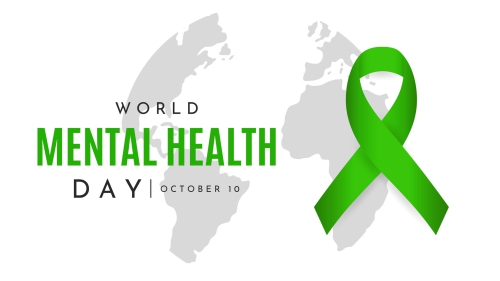Mental Health at Workplace

The world is characterized by a volatile and dynamic environment, uncertain and unpredictable future, complex life demand, and ambiguous conditions of life, all have disrupted individual and community quality of life. In many places, people are experiencing tough time, many have difficulties in having their needs met; and are exposed to various challenging demands. At workplaces, there are increasing evidences that both the content and context of work have affected work-life balance; or lead to mental health issues among employees.
There are specific and pertinent mental health issues which occur at individual and institutional levels. Both are interrelated. At the individual level, there are a broad-range of mental health issues encountered by employees, attributed to their challenging job demands; problematic relationship with superiors, colleagues, clients; or living with people/family members who are problematic or with problems. In effect, many reported decrease in their quality of task performance and job satisfaction. At the institutional level, there have been various demands or expectations from different level of stakeholders, attributable to the effect of internationalization, geopolitical factors, technological advancement, financial situation, price of commodity or energy, general lifestyles, migration, work culture, climate change, scarce resources, government policies, as well as pandemics.
The increasingly challenging factors and diverse job demands would affect employees’ work equilibrium, for they lead to incongruence between the job demands and employees’ competencies. While good work practices or desired work output are important focus in organization, it is also imperative that proper attention is given by workplace management to ensure employees have good extent of readiness to deal or cope with the changes, challenges, and demands. This is essential to nurture good level of mental health and well being among them.
In order to enable employees to have good level of mental health and well being, it is pertinent for organization to avail good workplace ecosystem which facilitates tasks delivery, scaffold employees who have to deal with heavy duty tasks, and provide necessary supports to them. It is important to note that different people have different needs for facilitation, scaffolding, and supports when it comes to dealing with challenging jobs. It is also important that the management avoid miscommunication with employees, hence reducing negative perception among employees, or causing stressful conditions among them. Otherwise, they might face deteriorated level of well-being and mental health.
The initiative to address mental health problems at the workplace should start with the development of a specific policy which spells out the position of workplace mental health agenda; and ecosystem to nurture good level of mental health in the organization. Interventions to reduce the causes of mental health issues should include a holistic process of organization management, entailing having prudent personnel selection, training programs, work design, remuneration system, and all aspects that concern employees’ job description and their competencies to accomplish their jobs.
With regard to overcoming the negative impacts of mental health issues, workplace management should identify the nature and causes of mental health issues; and in turn design interventions to reduce the causes, minimize the prevalence, and overcome the negative impacts of mental health issues among employees. They can also introduce employee assistance program (EAP) at their organization or refer their employees to the readily available external mental health services. There are a wide-spectrum of mental-health related services availed by different government agencies, private organizations, or non-governmental organizations to deal with individuals encountering or living with mental health issues.
In conclusion, mental health professionals have the responsibilities to initiate, design interventions, support, or join the effort to judiciously assist individuals in responding to stressful life situations. Professionals of mental health-related disciplines should join force in developing resilient employees and, in turn, the community so that they are able to manage the increasingly challenging environment, and thrive into the future. A set of policy statement ought to be put in place in order to guide the initiatives that nurture mental health among employees. A coordinated engagement among different agencies to develop, implement, facilitate mental health intervention programs is imperative so as to ensure physically and psychologically healthy individuals at workplaces as well as in the society.
Shukran Abdul Rahman is an associate professor at Department of Psychology, International Islamic University Malaysia (IIUM); and Dean of Kulliyyah of Islamic Revealed Knowledge and Human Sciences. He lectures in Psychometrics, Psychological Assessment, and Industrial and Organizational Psychology. His research areas include change and development in higher education, graduate employability, and university-community engagement.
Topics: Career And Employment, Mental Health
Views: 2396
Related Suggestions

















